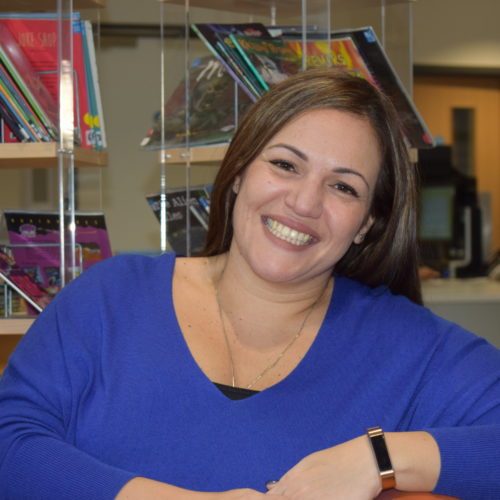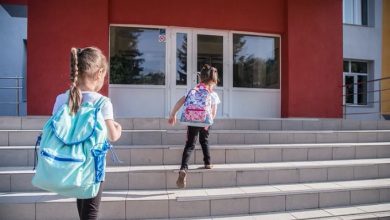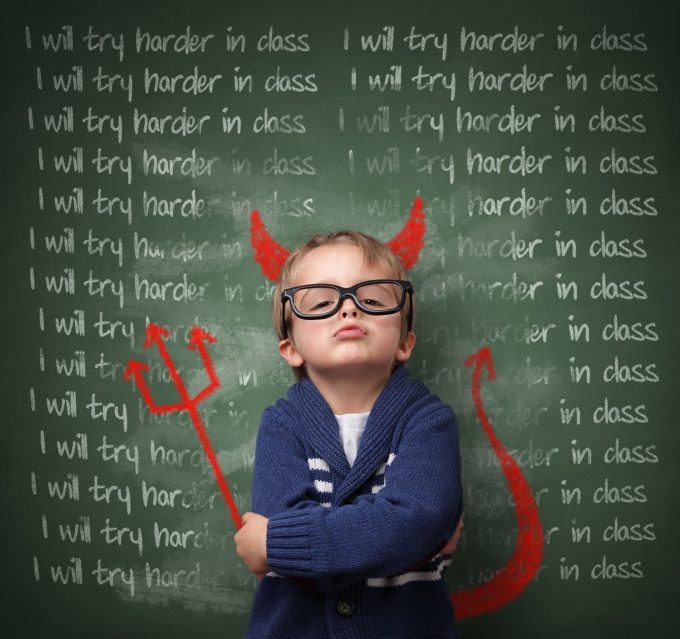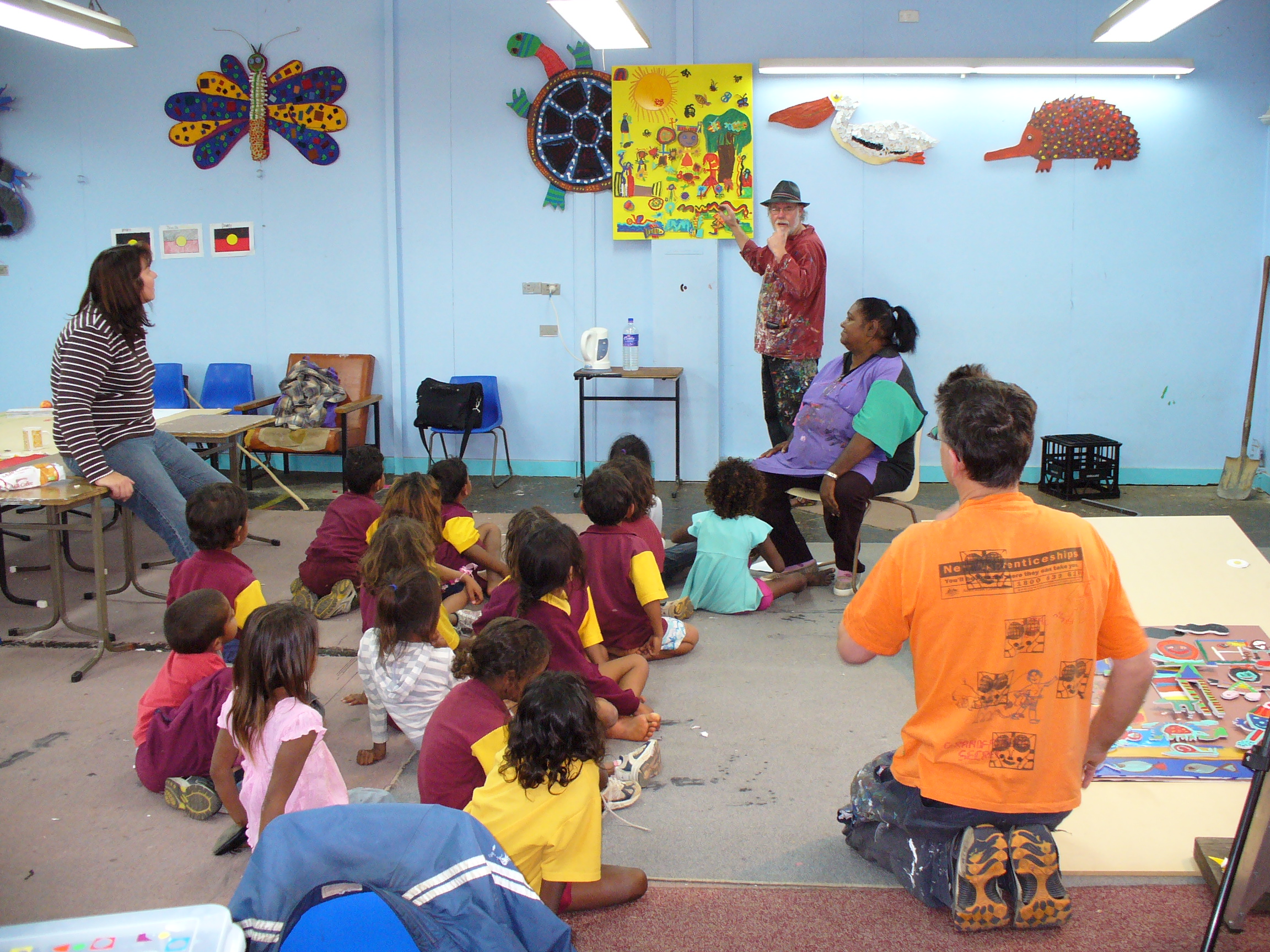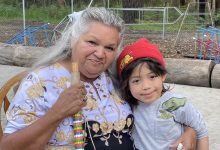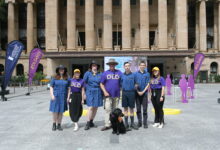
Most state education departments have published policies on the importance of brain breaks, a short, structured break from learning during class time that allows students (and educators) to refocus and refresh.
Active brain breaks work by increasing the flow of blood to the brain, which has been shown to improve both focus and learning.
Calming brain breaks work by allowing overstimulated areas of the brain to rest and reload.
High Energy Games
Feather Float: every student gets a feather (you can get bags of them in the dollar store) and they must use their breath to keep the feather in the air for a full minute.
Exercise dice: using a purchased activity cube or make one yourself, throw the die and the class has to do the activities for two minutes (suggestions: 10 jumping jacks, 5 burpees, 20 second plank etc)
Paper Planes: students have a minute to fold a paper plane and then another minute to see whose flies the furthest.
Yoga Poses: teach some strengthening poses such warrior, chair, downward dog, side plank or tree and get students to hold them for 30-60 seconds.
Chopstick Chase: using anything from air-popped popcorn to cottonwool balls, or Malteasers if you’re feeling generous, students need to transfer items from a bowl at the front of the room to their own desk using only chopsticks.
Crumpled Quiz: each student writes one or two questions relating to the subject they’re studying on a piece of paper, and crumples it into a ball. Then for 30 seconds, the students need to throw the paper balls to each other around the room. When the timer is up, the kids open the ball they have and need to answer the question(s).
Cup Stack: find a long-term use for all those single-use plastic cups. Students have 30 seconds or one minute to stack the tallest tower of cups. They can work individually or in small groups. Utilises maths and engineering skills.
Telephone game: everyone stands in a circle and using a large nerf ball, the students must say their name, then another student’s name and throw them the ball. They say their own name then another student and pass the ball and so on. The more balls you have going at one, the higher the energy (and noise).
Deportment Dance: everyone grabs their heaviest textbook and must walk in a straight line around the classroom/quad/playground while balancing their book on their head.
Find a fact: you will need to prepare this in advance, but works best for maths and science. Write simple questions on enough pieces of card for half the class, and the answers for the other half of the class. Distribute randomly, then give students one minute to match the question to the answer.
Tips:
Gives prompts when breaks will start and finish. Let students know that a break is coming and they need to just persist with learning for a short while longer. During the break, give kids a signal when the end of the game is approaching and remind them they will need to return to work.
Non-verbal opt-outs. As a class, decide on a non-verbal sign that students can use to subtly let you know they wish to opt-out of the high-energy exercise.
Evaluate the class reaction. If you are introducing a new game or activity as a brain break, ask the students how they found it, and if it helped them focus and calm down, or if it helped energise them.

